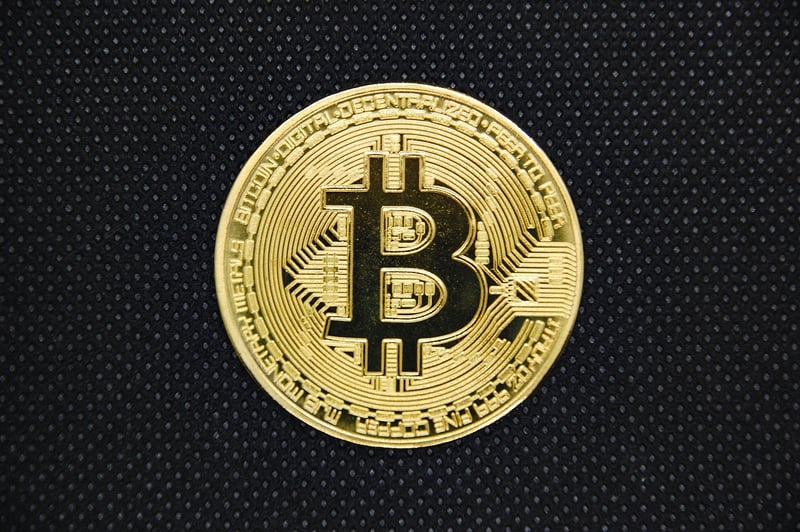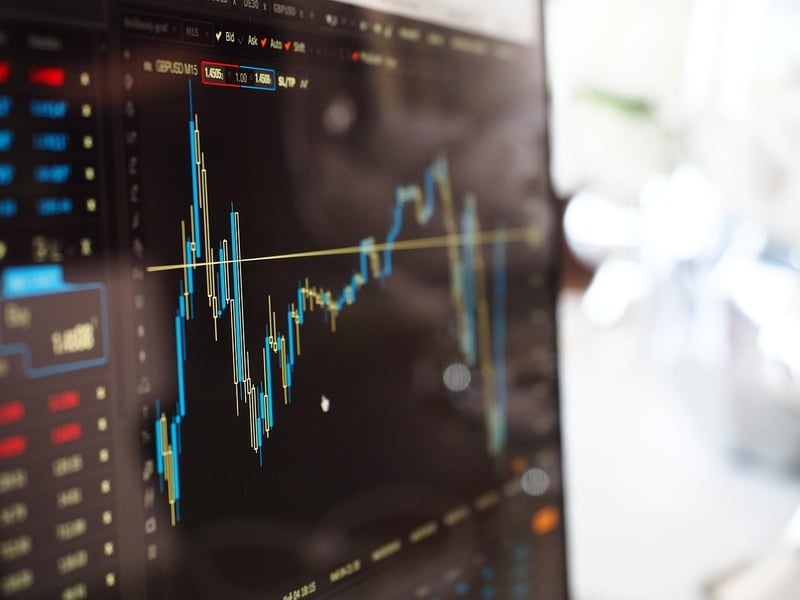Centralized Exchanges
Secure Storage and Trading on Centralized Exchanges
In the world of cryptocurrency, security is paramount. Whether you are a seasoned trader or a newcomer to the space, understanding how to securely store and trade your digital assets on centralized exchanges is crucial. Centralized exchanges are platforms that facilitate the buying and selling of cryptocurrencies, offering convenience and liquidity to traders. However, they also present security risks that users need to be aware of.
Why Choose Centralized Exchanges?
Centralized exchanges are popular due to their user-friendly interfaces, high trading volumes, and a wide range of trading pairs. They provide an easy entry point for beginners and offer advanced trading features for experienced users. Additionally, centralized exchanges often have customer support services and fiat currency support, making it easier to deposit and withdraw funds.
Security Measures on Centralized Exchanges
Despite the benefits, centralized exchanges have been targeted by hackers in the past, resulting in substantial losses for users. To mitigate these risks, exchanges implement various security measures:
- Two-Factor Authentication (2FA): By enabling 2FA, users add an extra layer of security to their accounts, requiring a second form of verification in addition to the password.
- Secure Socket Layer (SSL) Encryption: SSL encryption ensures that data transmitted between the user's browser and the exchange's servers remains private and integral.
- Cold Storage: Exchanges store the majority of funds offline in cold wallets, reducing the risk of hacking.
- Account Monitoring: Users can set up alerts for account activity to detect any unauthorized access promptly.
Best Practices for Secure Trading
When trading on centralized exchanges, here are some best practices to enhance security:
- Use Strong Passwords: Create complex passwords and avoid using the same password across multiple accounts.
- Enable Withdrawal Whitelists: Restrict withdrawals to approved wallet addresses to prevent unauthorized transfers.
- Regularly Update Security Settings: Stay informed about new security features offered by the exchange and keep your settings up to date.
- Avoid Phishing Attempts: Be cautious of phishing emails or websites that mimic exchange platforms to steal your login credentials.
Conclusion
Centralized exchanges play a vital role in the cryptocurrency ecosystem, offering a convenient way to trade digital assets. By understanding the security measures in place and following best practices for secure trading, users can mitigate risks and protect their investments. Remember, the key to safe trading is staying informed and proactive about security.

Stay secure, stay informed, and happy trading!
